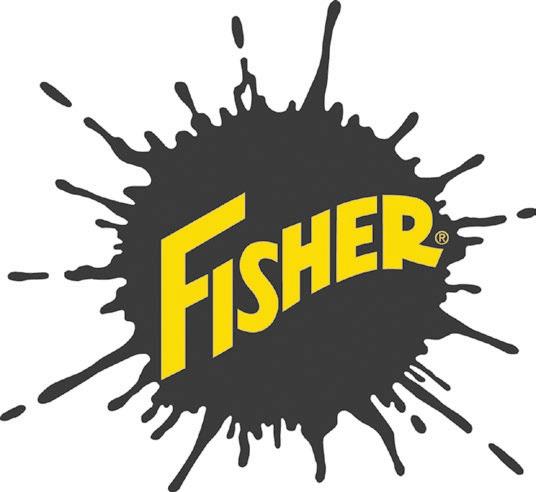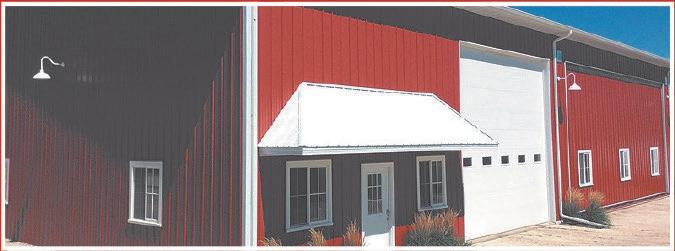

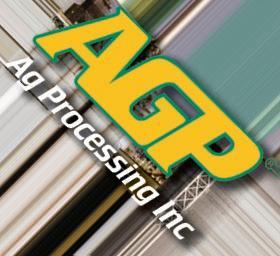



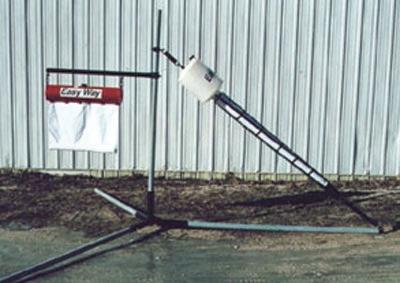




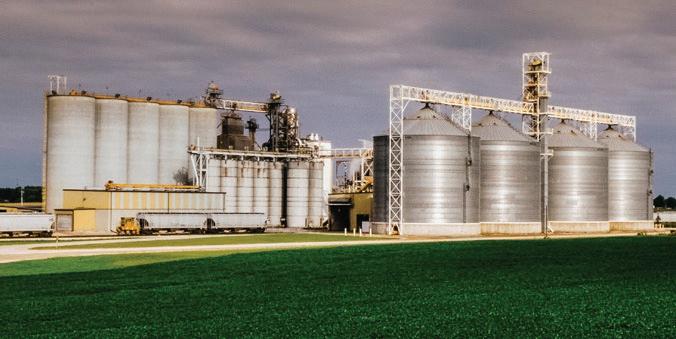

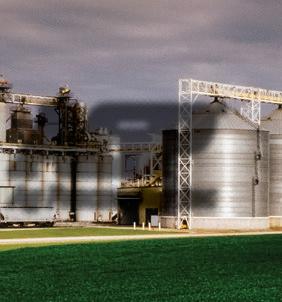

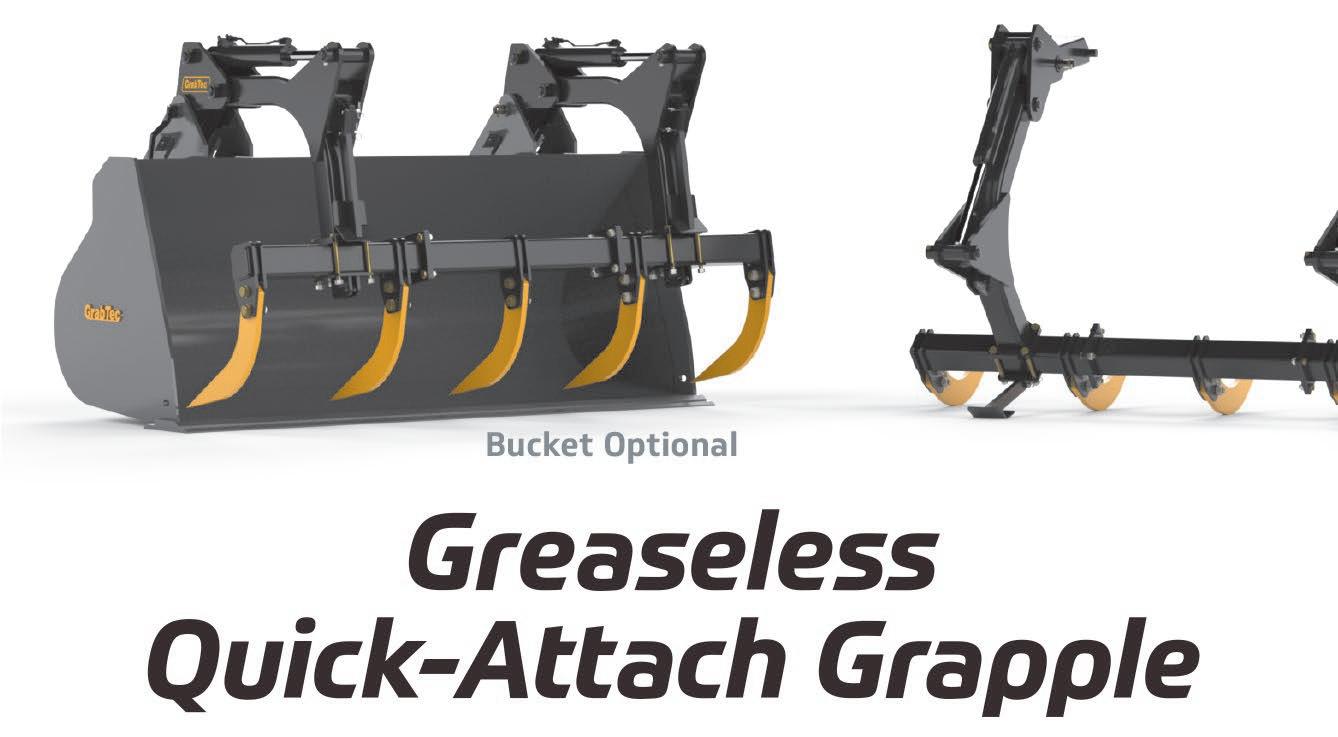

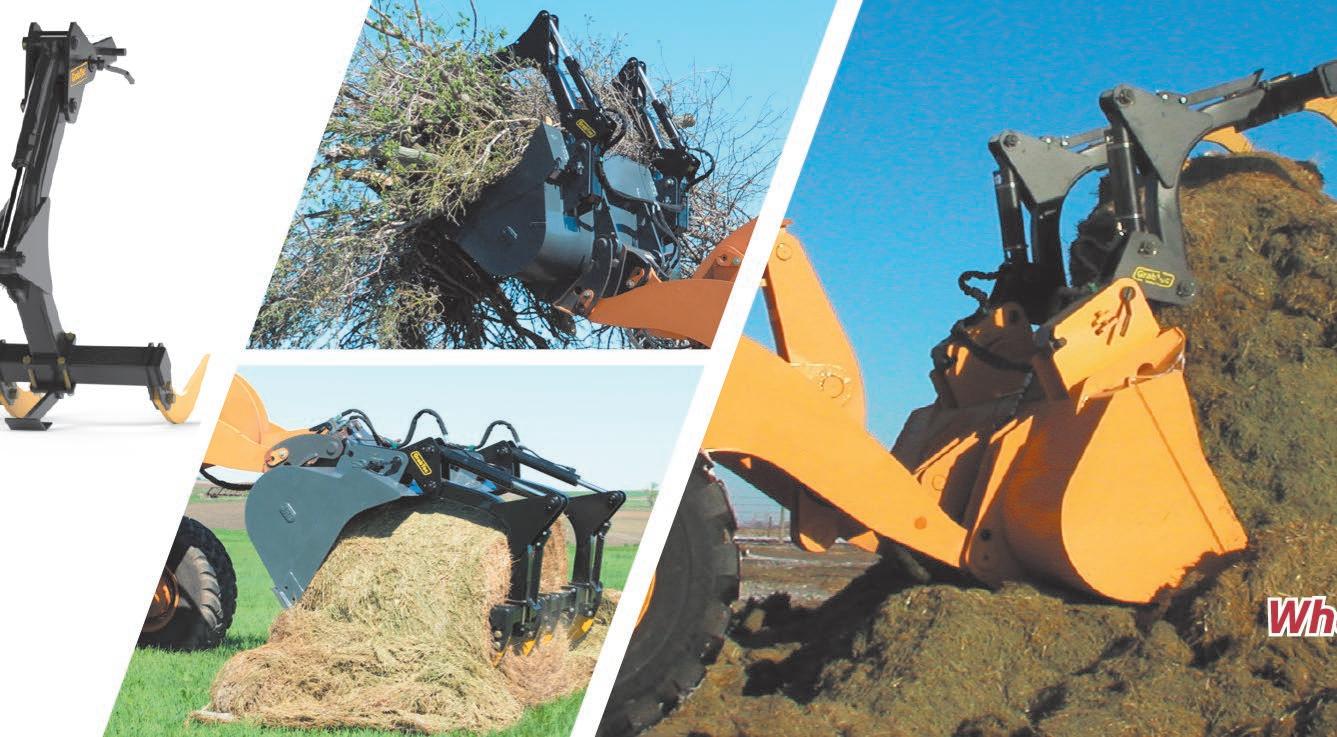


WHEEL LOADERS / BACKHOES / SKID-LOADERS / COMPACT LOADERS / TRACTOR / TELEHANDLERS




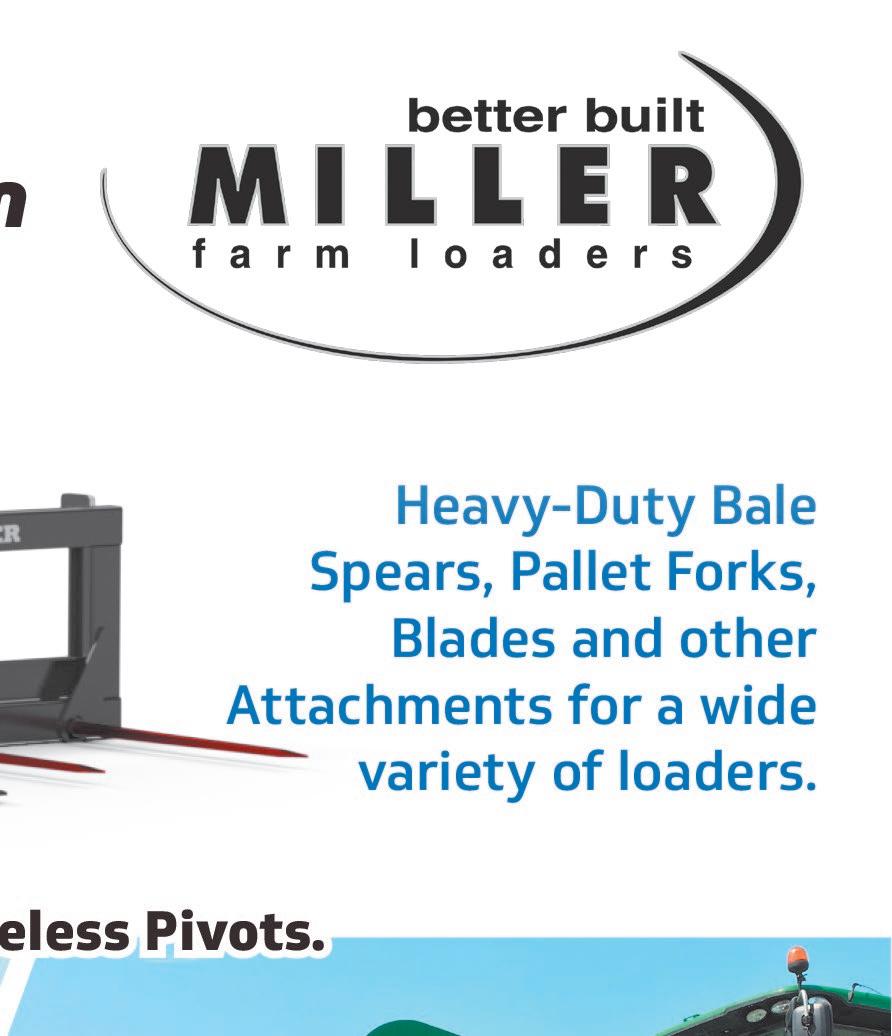
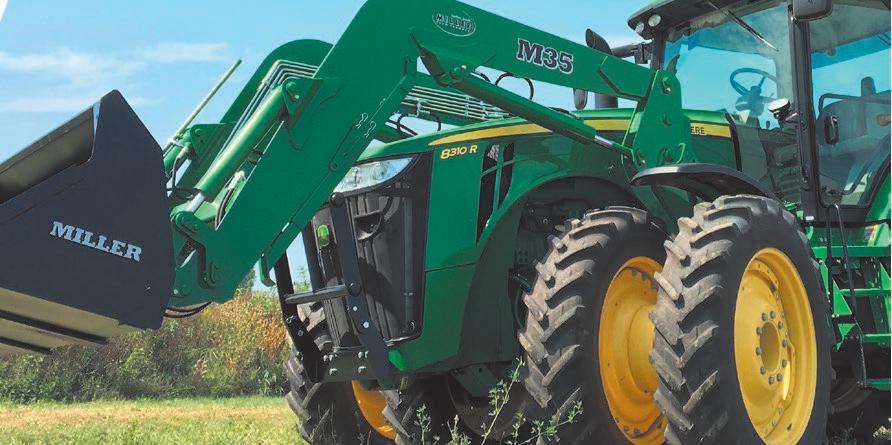



























By DARCY DOUGHERTY MAULSBY Farm News writer
Remember when finding vintage tractors wasn’t as easy as a quick online search?
In the 1990s and earlier, the hunt required persistence, connections and a sense of adventure.
“It was called networking and usually involved road trips,” joked Steve Rosenboom, a vintage tractor enthusiast from Pomeroy.
Rosenboom and his wife, Rachel, have been collecting rare and unusual tractors for years. “A friend told us early on, ‘While you could collect the plain Jane tractors, you need to go after the rare ones,’” Steve Rosenboom said. “We took his advice.”
Consider the couple’s 1948 Friday O-48 tractor with foldin headlights, a Chrysler engine and a Dodge rear end.
“It has a two-speed axle and will go up to 60 miles per hour,” said Steve Rosenboom, who farms in the Pomeroy area with his son, John.
The Friday Tractor Company of Hartford, Michigan, was founded by David Friday, who built his first tractor in the 1930s, according to Classic Tractor Fever. The Friday 0-48 Tractor, which was built in the 1940s and 1950s, was designed for use in orchards and vineyards.
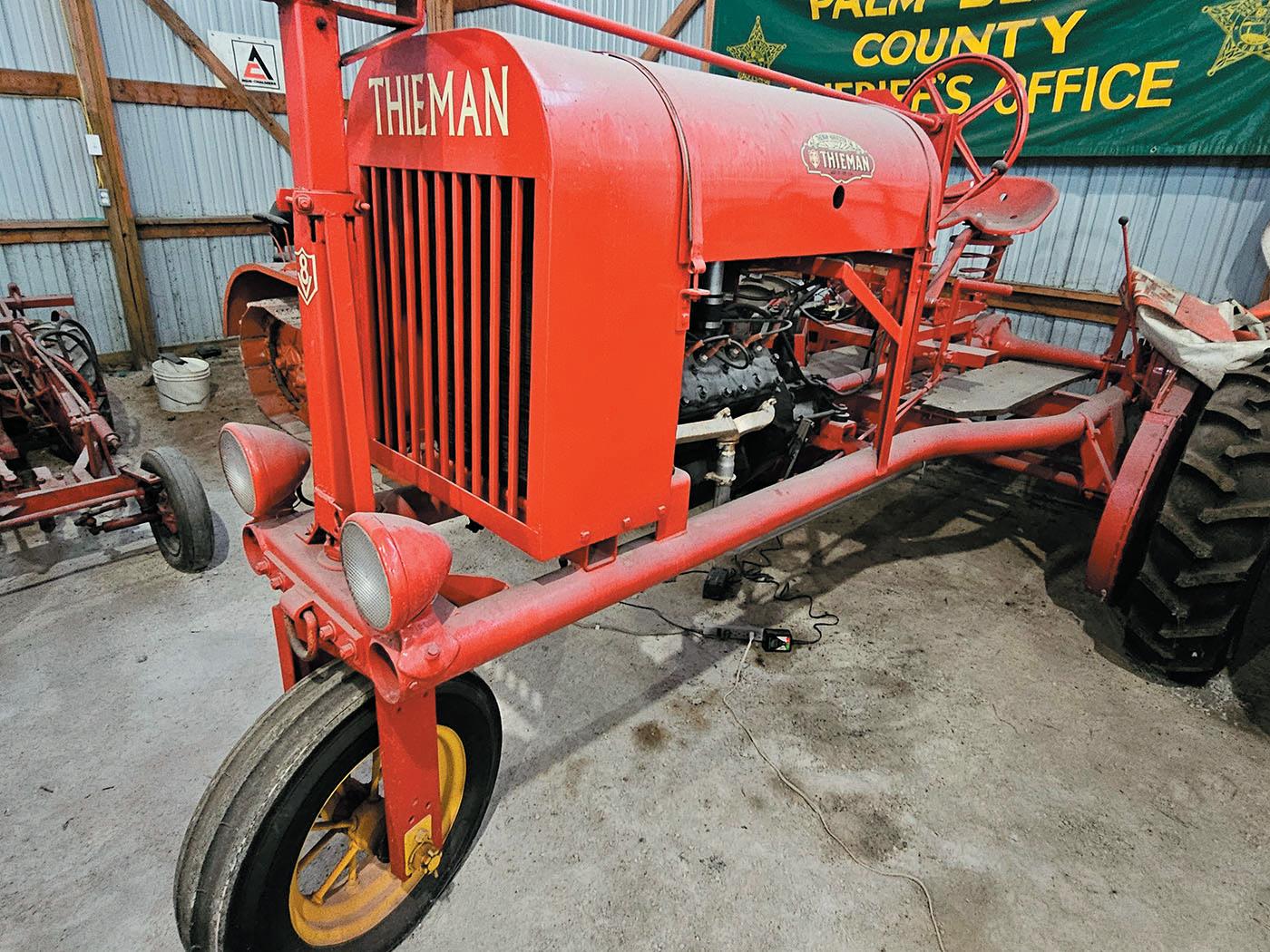
THIS LATE 1930S-VINTAGE THIEMAN TRACTOR, owned by Steve and Rachel Rosenboom of Pomeroy, was built about 30 miles away from their farm at the Thieman Harvester Co. in Albert City. The simple tractor was sold as a kit. It offered farmers a more affordable way to access modern horsepower during the Great Depression.
Its low clearance, sheetmetal design, and road-gear transmission made it the perfect tractor to go from grove to road. The idea was logical. Use the tractor to pull a wagon through the orchard to pick the fruit. Then instead of loading the fruit on a truck, drive the Friday tractor to town to deliver the crop to market.
Then there’s the Rosenboom’s Allis-Chalmers One-Ninety Beachmaster industrial tractor, circa 1965.
“That one was in Wilmington, Delaware,” Steve Rosenboom said. These tractors were designed to pull the Allis-Chalmers Beach Sanitizer, an implement that assisted parks and recreation departments with beach maintenance. The Sanitizer swept trash up onto a chainlink belt and sifted out the sand. Then the debris moved along
to the top of the implement and dropped into a trash receptacle on the rear of the machine.
One of the oldest machines in the Rosenboom’s collection is a 1919 Allis-Chalmers 6-12, which came from Freeport, Illinois. With its skeletal frame, steering wheel and lugged steel wheels, it hearkens back to a long-gone era of farming.
The 6-12 design was intended to be a multi-purpose, lowcost tractor used for plowing, threshing and cultivating. Machines like this are rare today.
“A lot of tractors from that era were scrapped for the war effort,” said Steve Rosenboom, who started his career in the 1970s as a shop foreman in Newell at Grau Motors, which sold Chrysler, Dodge and AllisChalmers.
The Rosenboom’s green machine doesn’t sport the vibrant orange paint that came to define the Allis-Chalmers brand. The history of this dramatic change can be traced back nearly 100 years to Harry Merritt, a senior sales and marketing executive at Allis-Chalmers. Merritt was in California in 1929 when the bright orange California poppy blossoms inspired him. Brightly colored things that can be seen from far away had potential in farm equipment marketing.
Merritt soon changed the paint color of Allis-Chalmers’ tractors to Persian Orange, the paint color that he felt most closely resembled the California poppy’s color. Thus began the tradition of orange Allis-Chalmers tractors.
Thieman hints at forgotten ag history
One of the Rosenboom’s less flashy vintage tractors was built about 30 miles away at Albert City at the Thieman Harvester
See ROSENBOOM, Page 8C

STEVE ROSENBOOM AND HIS WIFE, RACHEL, enjoy their extensive collection of classic tractors, including this rare, 1919
6-12, which came from Freeport, Illinois.
“Every tractor has a story. It’s inspiring to see the next generation get excited about these classic tractors.”
RACHEL ROSENBOOM
On collecting vintage tractors



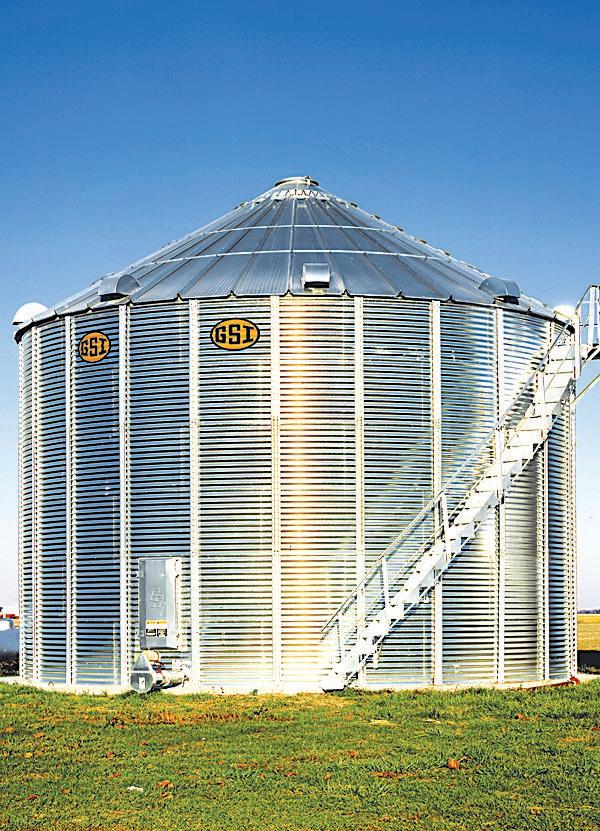


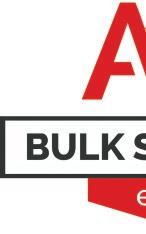



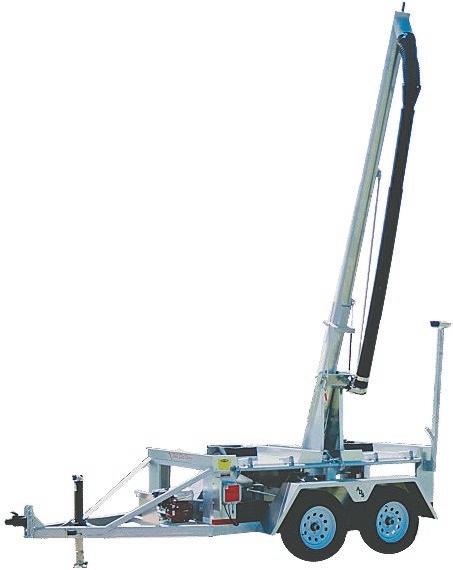



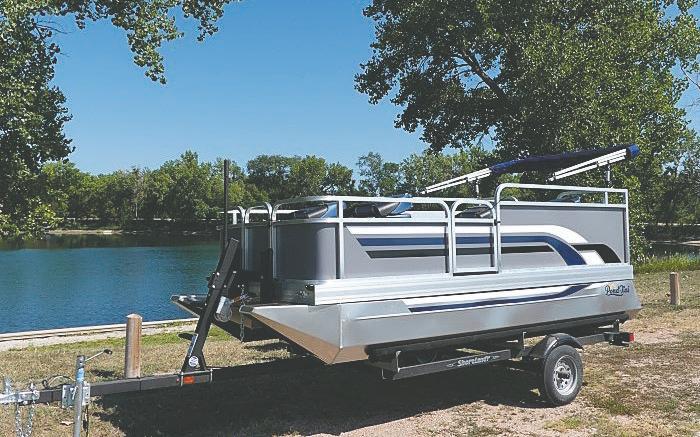
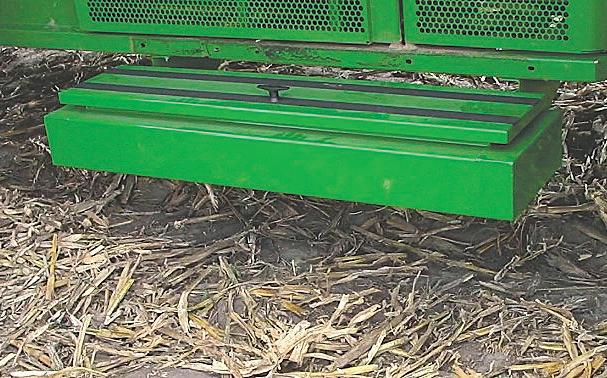

By CLAYTON RYE
writer
— Ron Franks lives on the farm where he grew up north of Clear Lake. At age 85, Franks is mostly retired but still helps Jim Barkema, who operates the farm, as needed.
In his farming career, Franks has raised crops, fed hogs and was a Pioneer seed dealer for many years.
Anyone who knows Ron Franks is aware of his loyalty to red farm equipment. It was a loyalty passed on from his father, Glenn Franks, to Ron and his brother Richard.
Ron Franks has the Farmall 560 his dad used on the farm that was previously owned by a neighbor. It is used yet to run an auger during harvest. He also has a Farmall B that was owned by a neighbor south of Clear Lake.
Franks does not simply collect red tractors; he collects and restores red tractors that come with a story representing people he has known.
“I like the story behind the tractor,” said Ron Franks.
A neighbor gave Franks a Farmall F20 that did not run and showed its age in its poor condition. Franks gave the F20 a facelift, but did not restore it mechanically, and donated it to the Kinney Pioneer Museum located near the Mason City airport where it is now on display.
Glenn Franks bought a Farmall Super M in 1953, and in 1957, when Ron Franks was age 14, he bought a Farmall 350 diesel to help with plowing,

RON FRANKS’ IH 350 DIESEL has been restored to look and run like when it was new in 1956.
both tractors pulling a 3-14 plow. The 350 diesel came from Elthon’s, the IH dealer in the nearby town of Fertile.
This was no ordinary Farmall 350, but a diesel, something that was starting to catch on with farmers at that time. It
also had a wide front axle, another feature that eventually became common on all tractors.
A wide front axle meant that it would never be used with a mounted corn picker, as corn pickers required a narrow front axle for mounting. At a time
when three-point hitches were gaining favor, the Franks’ new 350 came with IH’s exclusive two-point fast hitch.
Another curiosity about a Farmall 350 diesel was that IH diesel tractors were powered by IH-built diesel engines. But
-Farm
not the 350 diesels, they were powered by a 193-cubic-inch diesel engine manufactured by Continental. Restorers of Farmall 350 diesels later
See FRANKS, Page 9C




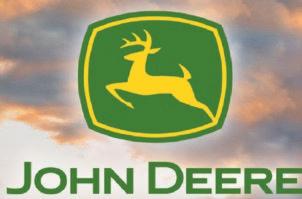








Continued from Page 4C
Co. Brothers Charles and Warren Thieman organized the company in the 1920s and manufactured various items through the years, from livestock feeders to steel burial vaults.
They also made tractors from 1936 to the beginning of World War II.
“The tractor was sold as a kit,” Steve Rosenboom said.
The kit cost $185 [about $4,200 in 2025 dollars]. The farmer had to procure his own engine, driveshaft and rear end from a Ford Model A, 1928 Chevrolet or Dodge Four, and then build the tractor, according to a 2007 article titled “The Thieman Tractor” in Farm Collector magazine.
The object was to cobble together pieces of used equipment to make an inexpensive tractor during those tough years of the Great Depression. If a farmer had a little more money to spend, he could buy a Thieman tractor with a Ford Model A engine for $500.
Thiemans were lightweight and could be used to cultivate row crops. For a few years in the 1930s, the Thieman company did quite well selling tractors. Nearly 150 people were employed 24 hours a day during peak season at the manufacturing plant in Albert City.
Unfortunately, the good times in the tractor business didn’t last long. America’s entry into World War II drove up demand for steel and led to rationing. Thieman tractor production ceased around 1942.
The Rosenboom family’s ties to Albert City remain strong, not only through their Thieman tractor, but the Albert City Threshermen & Collectors Show, which they’ve attended for years. They also enjoy tractor rides around the area.
“Every tractor has a story,” said Rachel Rosenboom. “It’s inspiring to see the next generation get excited about these classic tractors.”




SOME OF THE ALLIS-CHALMERS TRACTORS in Steve and Rachel Rosenboom’s collection are green, rather than orange. Nearly 100 years ago, Harry Merritt, a senior sales and marketing executive at Allis-Chalmers, was in California in 1929 when the bright orange California poppy blossoms inspired him. He figured that brightly colored tractors that could be seen from far away would be a good marketing idea.



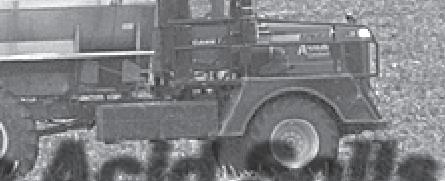


discovered that finding parts for the Continental D193 bordered on the impossible.
Ron Franks tells of when his dad wanted a newer tractor with more power than the Farmall 350. Elthon’s, the IH dealer, brought out a Farmall 806 diesel for them to try. Glenn Franks did not buy the 806 diesel, saying it was “too big.” He bought a 706 gas tractor instead.
“It was one of the worst decisions he made,” said Ron Franks.
Glenn Franks passed away in 1990. Before he died, he gave son Ron the Farmall Super M and his other son Richard the Farmall 350 diesel. Richard Franks lives near Cresco in northeast Iowa and used the 350 on his farm. He still owns it today.
Several years ago, Ron
Franks was approached by Henry Thompson of Fertile, asking Franks if he would be interested in buying a Farmall 350 diesel. He had done the mechanical work it needed. Ron Franks bought the tractor as it came with a story.
That 350 diesel was bought new in 1956 by the Rye brothers, Orville and Norman, and uncles of Clayton Rye, and had never left the farm. It was a used tractor and showed it. Mechanically, the engine ran, and the torque amplifier was good. It had a narrow front axle and standard drawbar that set it apart from the Franks’ other Farmall 350 diesel.
It had sat idle for many years on the Rye farm and Clayton Rye, working for Uncle Norman, briefly used it in the 1980s on a feed wagon at chore time to feed the approximately

But this is where the story takes an interesting turn. Richard Franks’ 350 diesel had the distinction of having the earliest Farmall 350 serial number, according to records kept by Red Power. It was serial number 641. Tractor serial numbers typically start at 500, so his 350 is an early production tractor. It had been the subject of an article in Red Power magazine.
350 head of beef cattle on the farm.
It went back to retirement due to an excessive oil leak. It was sold to Thompson in the early 2000s. Ron Franks bought the Farmall 350 from Henry Thompson, and it received the much-needed cosmetics, making it look as good as new.
After purchasing the Farmall 350 from Henry Thompson, Ron Franks checked its serial number. His just-purchased Farmall 350 was serial number 615. He had to notify his brother that in the Farmall 350 serial number registry, Richard’s 350 had gone from first to second place.






By KAREN SCHWALLER Farm News writer
SPENCER — Farm family ties can run as deep as a plow’s furrow.
That notion became evident in the physical sense in the Bob and Linda Neppl family, when Bob Neppl purchased his father’s tractor at a bitter-cold 1970 farm auction.
“It’s a 1968 John Deere 3020 diesel,” said Neppl. “My dad bought it (brand new) in the fall of 1967 from JD Webb Implement in Estherville. My dad bought the majority of his stuff there.”
Melvin Neppl’s 3020 was still fairly new at the time of the sale (near Estherville), and it went to a family friend, also near Estherville — Melvin Hermson. Hermson farmed with it and used it mostly for feeding until he died.
“I told Melvin if he ever had a sale, I’d like to have a chance to buy it,” said Bob Neppl. “After he died, Melvin’s wife called my mother to tell me she was going to have a sale, and that tractor was going to be on it.”

Neppl went to see the tractor next.
“It was the first time I’d seen the tractor since it left the farm,” he said. “Melvin put a Linden (sliding door) cab on it — Dad didn’t have any cab; and he put a wide front end on it. When Dad had it, it had a narrow front end.”
Neppl said when sale day came, the high temperature was 32 degrees below zero. He said the diesel fuel wouldn’t come out of the barrel, but that the tractors on the sale all started and kept running via Knipco heaters that were running underneath them throughout the sale.
“It was a terrible day,” he said. “Dad sold his dairy cattle the same day, and (the weather) hurt some, but everything still sold pretty good.”
Neppl said he had a good friend on one side of him and his mother on the other side as the bidding began for his
See NEPPL, Page 11C






father’s 3020.
“I ended up paying twice as much as that tractor was worth,” he said, adding that someone approached him during the bidding to say he had “the same” 3020 he would sell to Neppl for much less money. “I told him I didn’t want his tractor. But the neatest thing about it was when I went to pay for it, they handed me the owner’s manual, and it had my dad’s name at the top, and my mother said that was my handwriting. That was quite a thing to have — I would have been in my 20’s then.”
Neppl would purchase the tractor 44 years after his father first bought it. He has the sale bill with his father’s name and that tractor on it — hanging in his machine shed.
Neppl said he went to JD Webb Implement after he bought the tractor to see its service history, and was happy to find that the tractor had been well cared for over its lifetime.
Neppl said he took the tractor home with the new rock box and cab, and

removed them both. Three years later he began to repaint it, even though he said the tractor still looked good. He put new tires on the back, and had a JD Webb Implement sticker made to put on the tractor for a finishing touch.
Neppl began using it to take on tractor rides, which are many since he is the president of the Northwest Iowa Classic Tractors group in Spencer.
He put a canopy on the tractor just for those rides, to be shielded from the hot summer sun. One of their annual rides is in Wisconsin. He said he and the others enjoy that ride because they “see more than corn and soybeans.”
He said riding through Amish country there is relaxing and interesting.
Neppl said his heart is in the twocylinder era — tractors he used when he was growing up. He said he has collected tractors like his father owned.
“My satisfaction with antique tractors is tearing them down, fixing what needs
See NEPPL, Page 16C




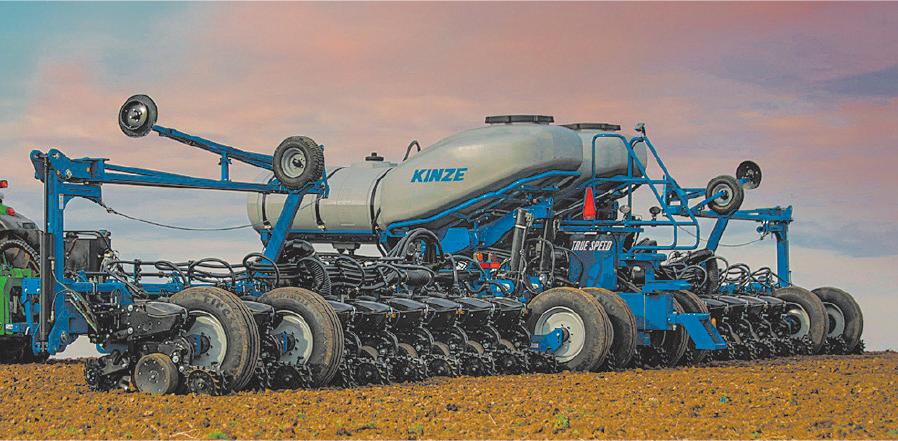

By LORI BERGLUND
Farm News writer
DAYTON — Leroy
Jones spent a lot of time on the fender of a tractor just like the one that is now among his favorite restored tractors. The fender is round and narrow — and not at all where anyone is supposed to ride — but farm kids of the 1950s had no problem sitting up here for hours on end, learning so much, and loving every minute of it.
“I rode on the fender and watched Dad cultivate, or whatever he was doing, cutting hay, raking hay,” Jones recalled. “I loved it on the farm. We were very fortunate. We didn’t have a nickel, but we never went hungry and we were always warm.”
His dad, the late Raymond Jones, bought a used 1942 Allis-Chalmers model WC in 1953 when he and wife Esther started farming near Dayton.
“He bought that tractor — and a two-bottom plow and a disc and a two-row planter, two-row cultivator — basically


everything to put in a crop and take it out, for $1,100,” Jones said.
That was a big investment in 1953, but it would enable his parents to raise their family of seven children on a farm just a few miles down the road from where Jones now lives.
Riding on that fender, with his dad at the wheel, Jones learned a lot of life lessons: the value of hard work, the joy of seeing a job well done, and the unique pleasure of working as a family to make a farm prosper — or at least make ends meet.
“I learned how to fix things from my dad,” Jones recalled. “We didn’t have much money, but dad could fix things himself.”
While the popular legend says that farmers can fix almost anything with just a bit of baling twine, Jones recalls that his dad sometimes even used rubber bands and a little grease to make things run again. There was no “diagnostic computer” to analyze a problem, but there was logic and experience, and the Jones family was always rich in those skills.
“I learned a lot from Dad
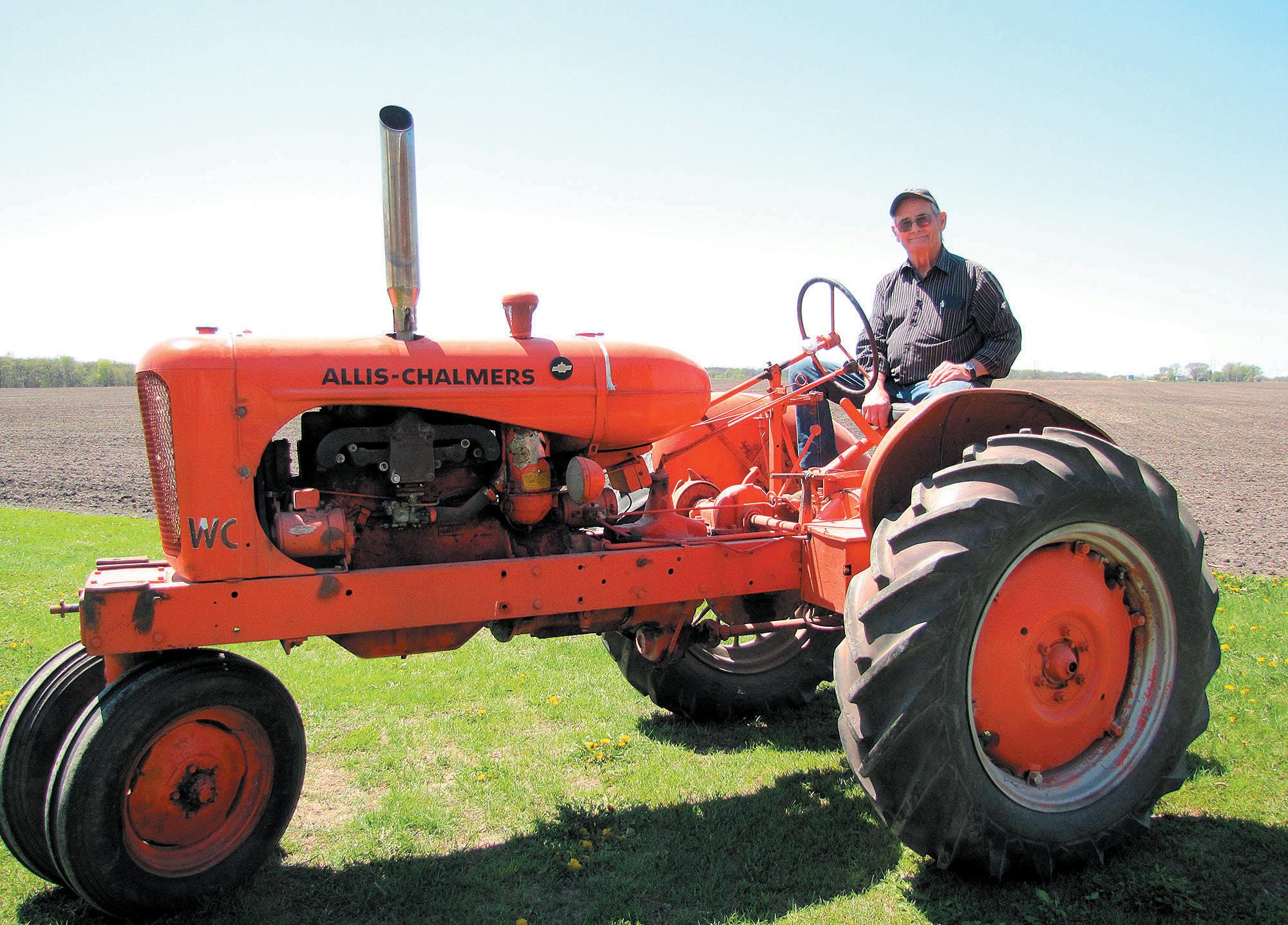

about how to fix things with only a little bit of money,” he said.
While riding on the fender was great fun, it was an even bigger day when he finally got to drive.

“I was riding with Dad when I was about 5 years old until I was about 10 or 11, and then I was on the seat driving,” he recalled.
His first big job was hauling manure out of the chicken house, and while that may not seem like a fun chore, for a farm kid trusted to drive for the first time, it was a thrill.
“My first load of manure was a big one, and then I realized that driving the tractor was fun, so the next load was a little smaller, and I got down to the third load and it was only a half load,” Jones said. “Dad caught me and said, ‘Load it up.’”
That may have ended his driving for that day, but there would be plenty more days behind the wheel. These days, retired from Webster County Secondary Roads, he spends much of his time restoring tractors.
“I can’t remember how many tractors I’ve restored, probably 10 anyway,” he said. “I’ve got more that I haven’t done yet. There are some that I’ve sold and bought back again.”
When he spied an AllisChalmers WC at an auction in Stratford, he knew he had to have it.
“This one is a 1948, but it’s just like Dad’s,” he said. “This is the last year they made this model.”
Jones paid $240 for the beatup looking tractor and then had to roll up his sleeves to get it running again

happy memories of a childhood rich in so many things more important than money. The circle is now complete, with Jones passing down his knowledge of how to fix things with more common sense than money to the next generation of the family.
His daughter Michelle and her husband, Steve Spillman, raised their own three children, now grown, on the same farm where Jones himself grew up. For Grandpa Jones, it was pure delight seeing his grandkids grow up on the same farm he once called home.
“I got to watch my grandkids run around just like I did when I was little,” he said with a glint in his eyes.
Grandson Braden Spillman seems to have inherited the gift for fixing things that originated with his great-grandfather, Raymond Jones. Grandfather Leroy Jones is rightly proud.
“I told my daughter when he was little that that kid had a knack for this,” he recalled. “He’s grown now and he’s very mechanical. He’s overhauled three tractors already.”















Mice had been storing the
“I went to crank it, and it wouldn’t go all the way around,” he recalled. “I couldn’t figure it out, so I shot a bunch of oil in the cylinders and the spark plug holes. I left the spark plugs off and I clamped my pickup cables on, and it started spinning over and soybeans came shooting out of the spark plug holes.”





beans in the tractor. Jones even found soybeans lurking in the air cleaner. Restoring this tractor was clearly a labor of love. Just running his hands over the fender can bring back











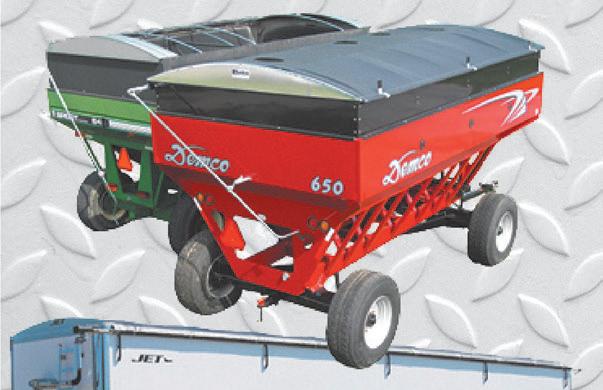

Anyone can make money, but common sense and the ability to work with one’s hands is a gift that generations can treasure together.

By DARCY DOUGHERTY MAULSBY Farm News writer
DOW CITY — Drive along the county road between Buck Grove and Dow City, and prepare for a vintage tractor lover’s dream. At Donald and Barbara Kahl’s farm, it’s hard to miss the line of Oliver, Massey Ferguson, Case and AllisChalmers tractors lined up with military precision along the north side of the striking red barn.
“He’s got the fever,” said Barbara Kahl, referring to her husband’s love for old iron. “Don loves talking tractors.”
He had the chance this spring when members of the West Central Iowa Collector Club (a 50-year-old-club devoted to collections of three or more items) stopped by. Since the Kahl family has a collection of about 30 tractors (including 20 that run), they definitely fit the criteria.
“I grew up with a 1930s vintage AllisChalmers,” said Donald Kahl, whose family’s farm roots run deep in Crawford County. He never thought he’d become a farmer, though. The young newlywed and


















1969 Dow City High School graduate worked as a truck mechanic until he was drafted in the U.S. Army in 1969. While this was the Vietnam era, he was stationed at the Panama Canal.
When Donald Kahl’s two years of service were complete, he decided farming back in Crawford County looked pretty good. The first tractor he and his wife bought was a 1962 Massey Ferguson 65. They still own this tractor, which features a sun shade. Their vintage tractor collection started with a 1942 square-front Allis-Chalmers that Donald Kahl acquired in the 1980s.
Today, some of the couple’s favorite tractors are “The Twins.” Donald Kahl recalled the day he was checking out tractor arrivals with a guy who sold vintage farm equipment purchased out of Canada.
“I had previously purchased an AllisChalmers WF and a Case S,” he said. “That day there were two Oliver 70 Standards that caught my eye.”
One was a faded green. While it was complete, it was rough.
“The other tractor was in various piles and very rusty,” he said. “The price was cheap enough, and I didn’t need to give it any more of a looking over, so I bought it.”
When he got home and looked through the rusty pile he’d just purchased, he discovered he had the components of a 70 Cockshutt Standard. These tractors were built in the 1930s and 1940s in Charles City, Iowa, and shipped to Canada.
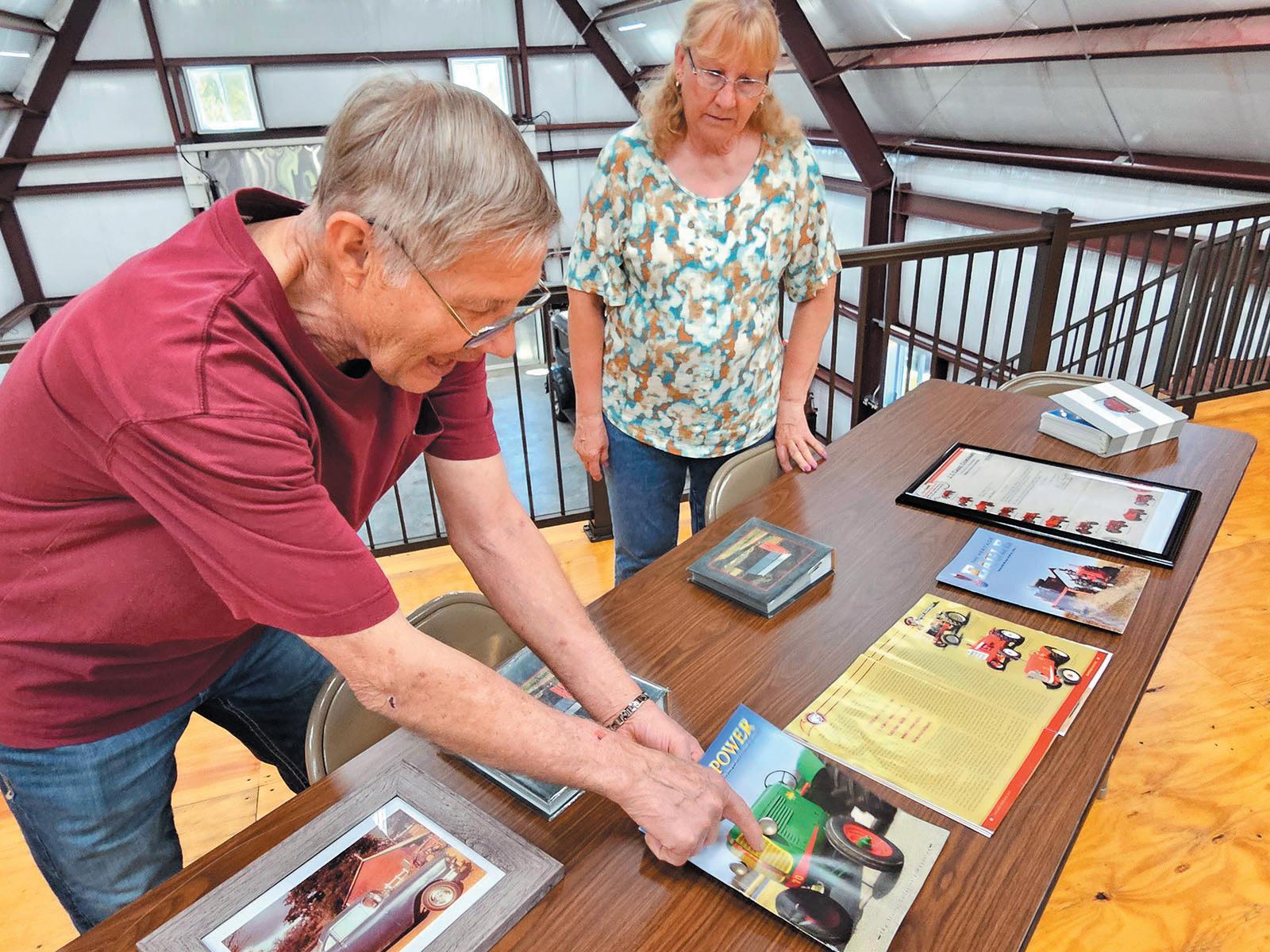


ABOVE: Donald Kahl and his wife, Barbara, have a “mini museum” in the loft of their Crawford County barn to showcase tractor-related articles, memorabilia and more.
“Boy, was I excited,” Donald Kahl said.
While he restored the 1948 Oliver 70 in 2002, the Cockshutt sat in the weeds for several years.
“Because it was so rough, I just wasn’t up to the challenge at the time,” he said. “I knew I did want to make ‘The Twins’ shine and be parked side by side sometime, though.”
When Donald Kahl heard that the Hart-Parr Oliver Collectors Association summer show was coming to Iowa, he knew it was time to bring the Cockshutt to life. He overhauled the engine, sealed up the transmission and replaced the radiator.
“The fenders were so rough I thought I could never fix them, but I hammed and puttied them and the rest of the tin work until they were nearly perfect.”
Once he added some new side panels, the tractor was ready for sandblasting and painting.
“My son, Dennis, is my body man helper, and my brother is my painter,” Donald Kahl said. “Together we make a great team.”
The Kahls have exhibited “The Twins” at shows from Mount Pleasant, Iowa, to Madison, Wisconsin. Antique Power magazine has also featured the Kahls’ 1948 Oliver 70.
LEFT: This vintage Oliver tractor in Donald Kahl’s collection denotes the equipment’s connection to the Hart Parr company, which built tractors for decades in Charles City. See KAHL, Page 16C
Through the years, Donald Kahl has continued to add more tractors to his collection. Sometimes he seeks them out, and sometimes sellers approach him.
“Vintage tractors are like little puppies,”
Continued from Page 15C
Barbara Kahl joked. “They seem to follow Don home.”
About 12 years ago the Kahl family built a modern, clear-span barn (with a classic gambrel roof design) to house part of their tractor collection. The barn also provides shop space where Kahl can restore vintage tractors.
The Kahls, who have been married 56 years, enjoy participating in tractor rides every year, including the Red Rock Threshers ride near Pella. Their tractors aren’t just for looks, though.
“I put them to work,” said Donald Kahl, who uses them for various jobs around the farm. He has also used his 1942 AllisChalmers WC to combine wheat at the Albert City Threshermen & Collectors Show, which is held each August.

TRACTOR was built in Charles City, Iowa, and was shipped to Canada. It returned to Iowa decades later when Donald Kahl purchased the tractor and restored it.
The Kahls’ barn includes a loft that functions like a minimuseum of tractor history, complete with tractor manuals, magazine articles and other memorabilia. Donald Kahl is a preservationist at heart, noting that some of the vintage tractors in his collection were headed for the scrap heap before he intervened. That’s just fine with Barbara. “I think everyone in the county knows that Donald loves tractors.”
Continued from Page 11C
to be fixed and putting that paint on,” said Neppl, adding that he “can’t even count” the number of tractors he has painted and restored for himself and others.
His restoration work was self-taught. Today one of his grandsons does it, too.
Neppl said his father’s 3020 has not done farm work since he himself (Bob Neppl) has owned it. Neppl began using it to grind dozens of tree stumps when they started in on a massive tree removal project around their current home west of Spencer.
Neppl said when his father bought the tractor, the 3020 diesel was a common machine. Melvin Neppl used it to farm a half-section and feed 30 cows. He had two 3020s plus a John Deere 520 to get the job done.
“I don’t know where the other 3020 went. But this 3020 will go to one of my grandsons when I’m gone,” said Neppl.
One of his grandsons has just finished restoring a John Deere G that he bought, and that grandson also owns a John Deere A.

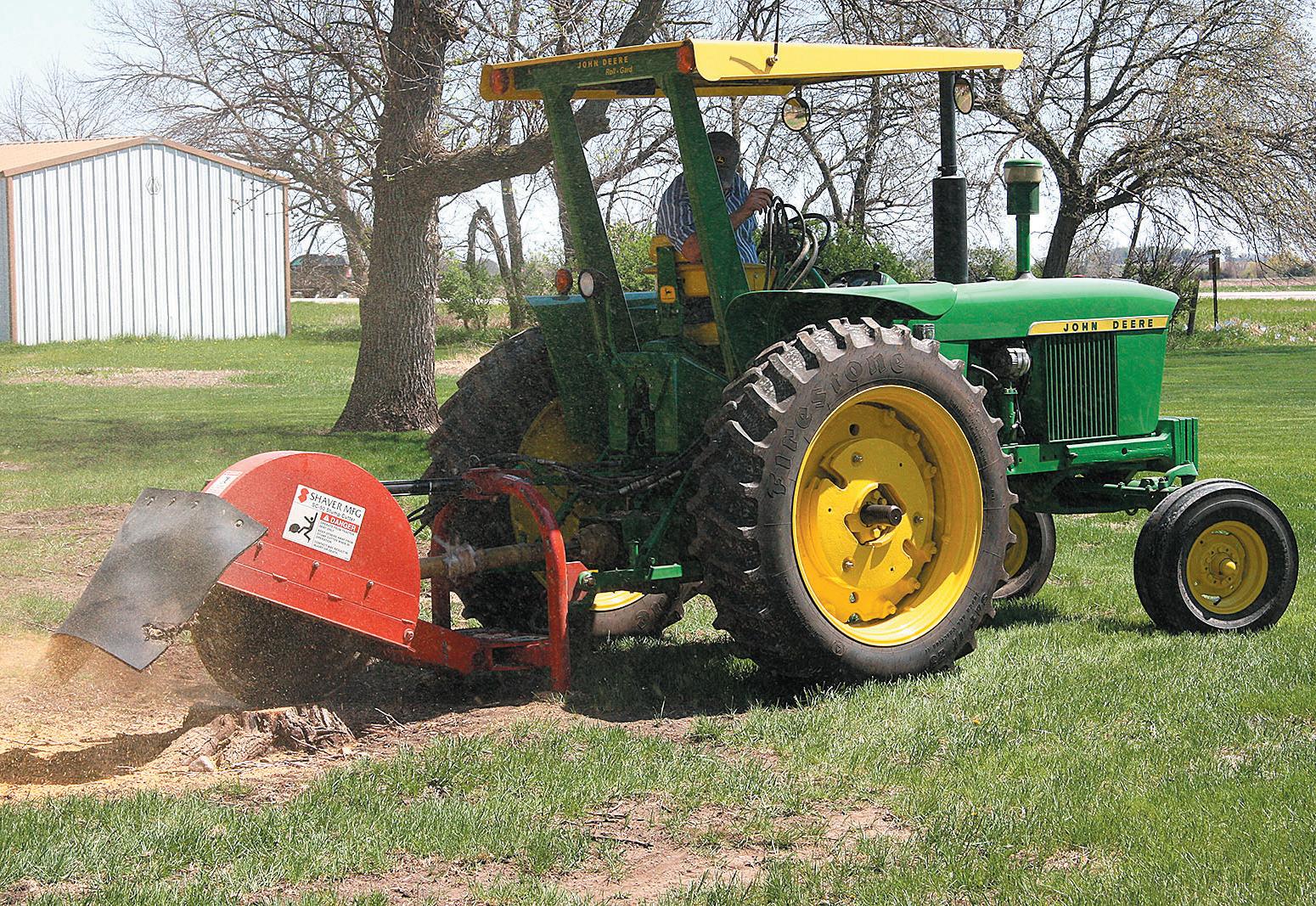



If you have a fireplace that burns wood, you know that it loses all of its heat up the chimney. Rick Titus has a wood burning insert that will burn with the efficiency of a wood stove and fit inside your fireplace so it keeps your fireplace look. The insert could heat up to 2,000 SQ. Ft and burn a third of the wood!
If you have a gas log in your fireplace it also sends all of its heat up the chimney. Rick has Vent Free gas logs that can burn as efficient as a gas cook stove and burn with the damper closed, thus keeping all the heat in the house. The vent free gas logs could heat 1,000 SQ. Ft of your home











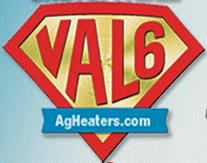






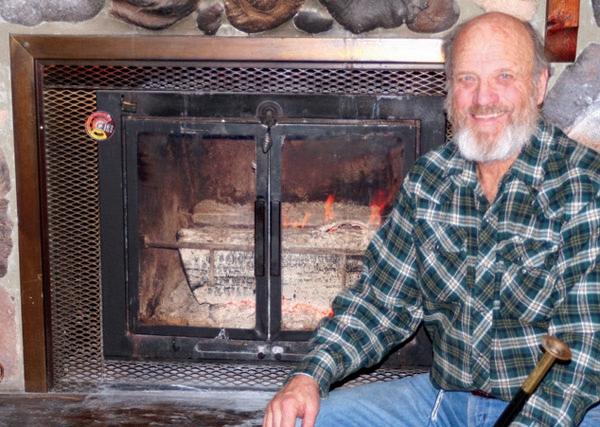
If you have one of the newer gas fireplaces that vents out the side of the home or up a chimney, Rick can convert it over to a Vent Free log and keep all the heat in the home.
So no matter what kind of fireplace you may have, Rick has an efficient solution for it. Call Rick or email him at yahtitus@gmail.com or go to his web site below. Rick even has new fireplaces and wood stoves that can heat your home even during a power outage.





